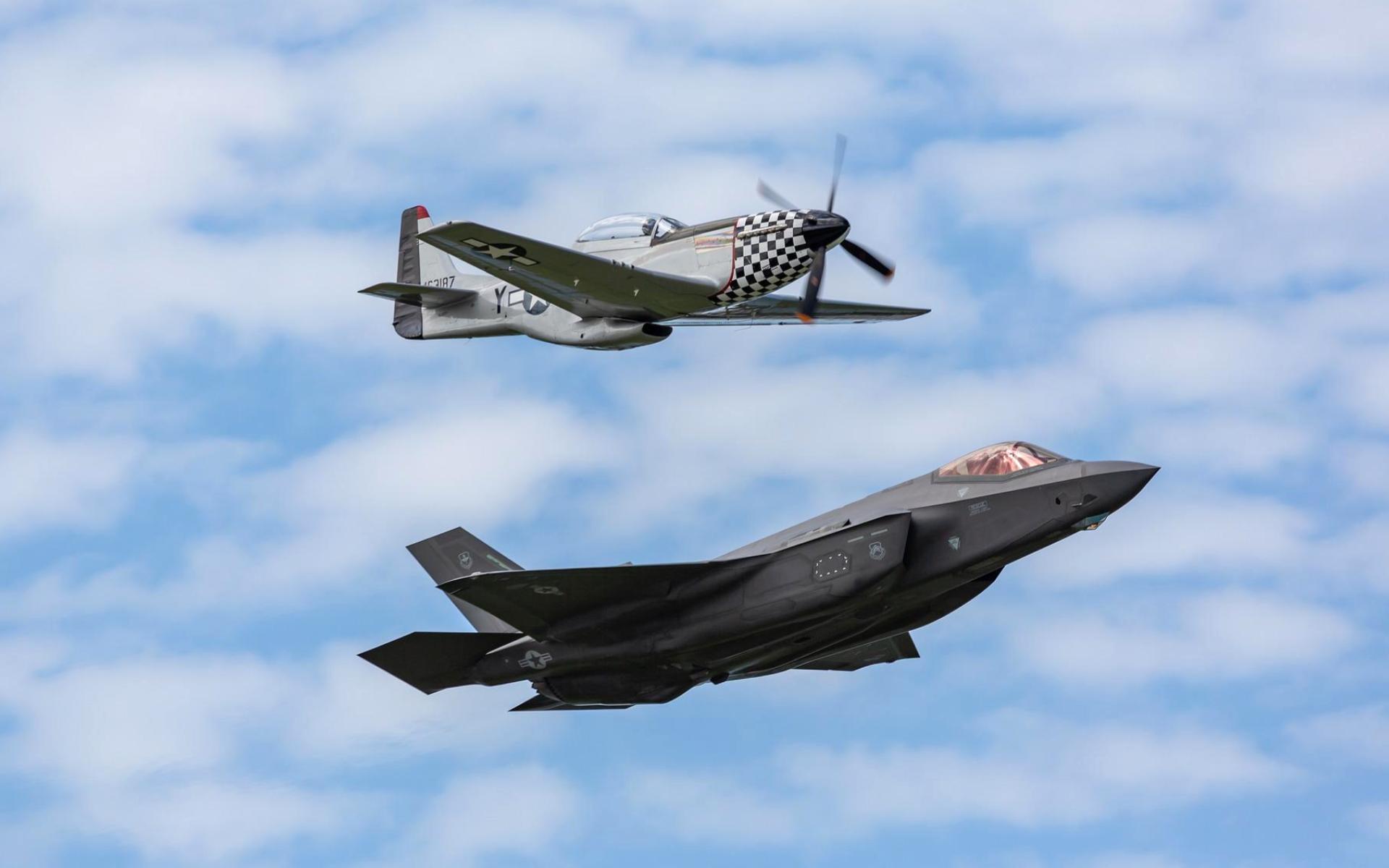Comprehensive Guide to MIL-STD-704 Testing. This paper provides a comprehensive overview of MIL-STD-704 testing, shedding light on the essential procedures and methodologies required to verify compliance. By delving into the intricacies of testing, aerospace professionals can ensure the safety, reliability, and effectiveness of power systems in accordance with MIL-STD-704 standards.
Introduction: Reliable power systems are the lifeblood of modern aerospace operations, and adhering to stringent standards is essential to ensure their safety and functionality. MIL-STD-704, established by the United States Department of Defense, outlines specific testing procedures and methodologies for verifying compliance with power characteristics in military aircraft. This white paper offers a thorough exploration of MIL-STD-704 testing, emphasizing its significance in guaranteeing secure and dependable power systems.
Importance of Testing under MIL-STD-704: MIL-STD-704 testing serves as a crucial step in the design, manufacturing, and maintenance phases of power systems. It verifies that power systems meet the stringent requirements outlined in the standard, ensuring the following benefits:
- Reliability: Rigorous testing ensures that power systems are reliable and capable of withstanding various operational conditions, reducing the risk of unexpected failures.
- Safety: Compliance with MIL-STD-704 safeguards against power-related incidents that could endanger both the aircraft and its occupants.
- Interoperability: Tested systems are more likely to seamlessly integrate with various aircraft equipment and systems, contributing to overall mission success.
- Operational Efficiency: Power systems that have undergone comprehensive testing are more predictable and easier to maintain, minimizing downtime and costly repairs.
Testing Procedures and Methodologies: MIL-STD-704 testing encompasses a range of procedures and methodologies to verify compliance with power characteristics:
- Voltage Testing: Voltage tests evaluate the power system’s ability to maintain proper voltage levels under various operational conditions, including normal, abnormal, and emergency scenarios.
- Frequency Testing: Frequency tests assess the stability of power system frequencies, ensuring synchronization with other onboard systems.
- Transient Response Testing: Transient response tests examine how power systems handle sudden load changes and transient events without compromising power quality.
- Harmonics and Distortion Testing: These tests focus on measuring harmonics and distortion in the power output, ensuring compliance with defined limits to prevent interference with other systems.
- Overvoltage and Undervoltage Testing: Power systems are subjected to overvoltage and undervoltage conditions to verify their ability to withstand these events without adverse effects.
- EMI/RFI Testing: Electromagnetic interference (EMI) and radio-frequency interference (RFI) tests ensure that power systems do not emit harmful interference that could disrupt other onboard systems.
- Load Shedding Testing: Load shedding procedures are evaluated to ensure that non-essential loads are correctly disconnected during critical scenarios.
Best Practices for Successful Testing: To ensure successful MIL-STD-704 testing, consider the following best practices:
- Thorough Documentation: Maintain detailed documentation of testing procedures, methodologies, and results for compliance records and future reference.
- Realistic Scenarios: Design testing scenarios that replicate real-world operational conditions to accurately assess power system performance.
- Advanced Test Equipment: Utilize advanced test equipment capable of accurately measuring voltage, frequency, harmonics, and other critical parameters.
- Comprehensive Analysis: Conduct thorough data analysis to identify potential deviations from the standard’s requirements and address them promptly.
- Expertise: Involve knowledgeable engineers and technicians who understand both the MIL-STD-704 standard and the intricacies of power systems.
Conclusion: MIL-STD-704 testing is a critical component of ensuring safe, reliable, and effective power systems in aerospace applications. By embracing the testing procedures and methodologies outlined in this standard and adhering to best practices, aerospace professionals can verify compliance, enhance power system performance, and contribute to the overall success of military missions and passenger safety.
References:
- United States Department of Defense. (2012). MIL-STD-704H: Aircraft Electric Power Characteristics. Washington, DC.
- SAE International. (2007). ARP5015: Design and Installation of Aircraft Electrical Power Systems. Warrendale, PA.
- NASA Technical Standards Program. (2016). NASA-STD-4005: Standard for Aircraft Electric Power Systems. Washington, DC.
- Rodriguez, M. A., & Doulgeris, G. (2018). Aircraft Electrical Power Systems: Analysis, Modelling, and Control. CRC Press.
- Dempsey, A. (2015). Power Integrity: Measuring, Optimizing, and Troubleshooting Power-Related Parameters in Electronics Systems. McGraw-Hill Education.
- Kim, D. H., & Liang, Z. (2016). Improved Model for MIL-STD-704F Requirements of Aircraft Power Distribution Systems. IEEE Transactions on Aerospace and Electronic Systems, 52(1), 349-359.
- Wang, Y., Du, H., & Du, Z. (2017). Research on Transient Voltage Dips in Aircraft Electrical Power System. In 2017 IEEE 5th International Conference on Electric Power Equipment Switching Technology (EPEST), 1001-1005.
- Popescu, D. C., & Mecklenbräuker, C. F. (2013). Power Quality Enhancement of Aircraft Electrical Systems Using Hybrid Active Power Filters. IEEE Transactions on Industrial Electronics, 60(5), 1824-1833.
- Johnson, R. C., Johnson, K. E., & Guan, R. (2017). A Survey of Aircraft Electric Power Systems and Modeling Approaches. IEEE Transactions on Transportation Electrification, 3(2), 411-423.
- Green, J. L., & Bucher, C. A. (2017). A Survey of Electric Power Generation in Aircraft. SAE International Journal of Aerospace, 10(2), 187-196.





